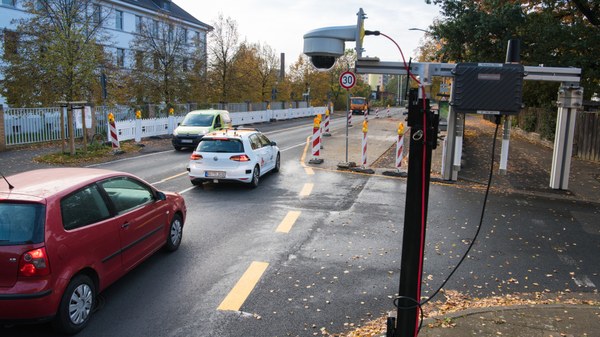KoKoVI
In order to make road traffic safer, more efficient and more environmentally friendly in the future, the individual participants must be networked with each other. This is the only way they can take each other into consideration, avoid obstructions and make optimum use of the available road network. The KoKoVI project (Coordinated co-operative traffic with distributed, learning intelligence) therefore sees traffic as a networked system in which the potential of automation and digitalisation can be used by everyone. Eight institutes of the German Aerospace Centre (DLR) are jointly researching the cooperation and coordination of vehicles, cyclists and pedestrians and are also incorporating the real and virtual infrastructure (such as traffic lights, cameras, sensors, digital bus stops) with the associated background systems.





